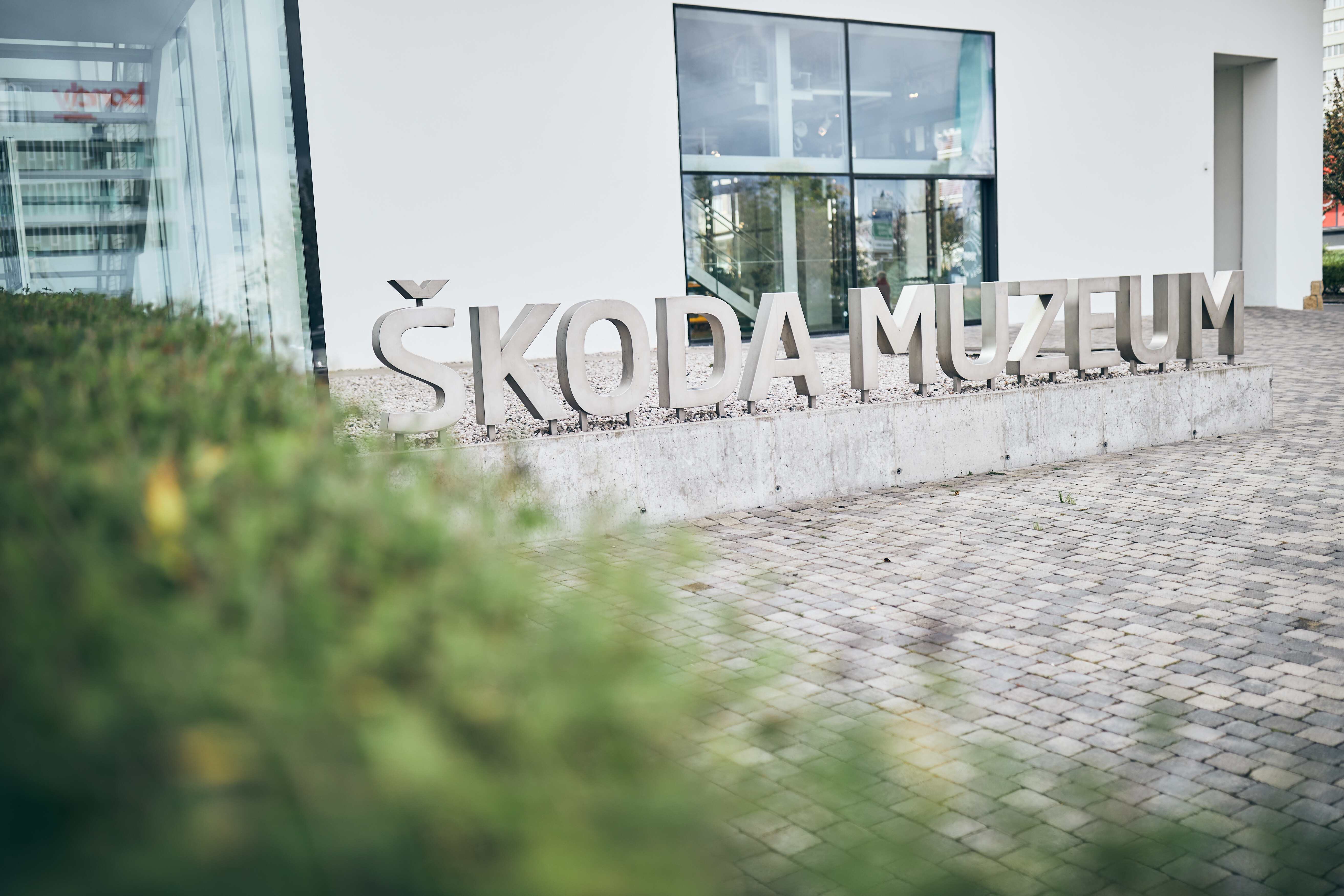The year of 1997 was marked by a number of memorable milestones in Australia. Among them, Pauline Hanson founded the One Nation party, Celine Dion released her album Let’s Talk About Love, and Melbourne’s Crown Casino finally offered an answer to the question: what am I going to do with all this cash I’ve been saving for the kids’ education? But it wasn’t all bad news.
During the same year, a little-known car manufacturer opened its doors selling an affordable range of cars from the Czech Republic, offering a European marque without the premium price tag. But despite all of these things happening a quarter of a century ago, Skoda is still regarded as a relative newcomer in the Australian market.
Since it started trading locally with the Octavia and Roomster, the winged arrow brand has steadily grown its presence to seven models, enjoyed more than 50 percent growth in early 2021 and now has a national network of 45 dealerships and service centres. But still, many regard Skoda as ‘new’.
In fact, Skoda is one of the oldest car manufacturers on the planet with a rich history of racing, innovation, success and adversity that reaches back 100 years before its local launch.
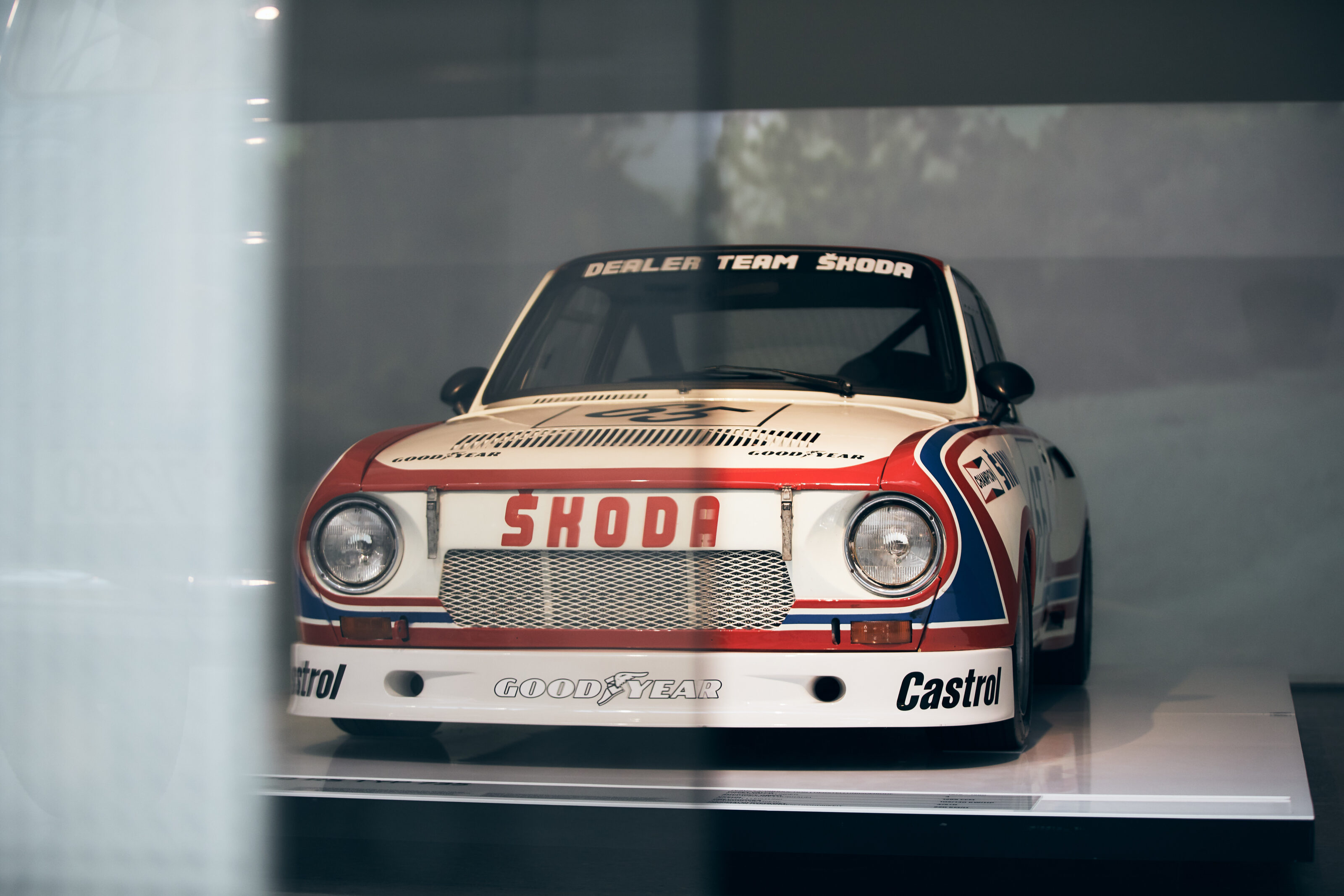
And almost the entire story is housed in a building nestled within the manufacturing facility of Mlada Boleslav 50 minutes outside Prague.
Awaiting visitors in the foyer is Kalle Rovanpera’s Fabia R5 – a humble brag and a reminder that Skoda is enjoying a bit of a purple patch. With more than 400 sold, the €200,000 factory-built rally machine is not just a hugely popular motorsport model but easily the company’s most successful racing car to date.
Next to it sits a slender and elegant motorcycle from the early 1900s and one of the very first vehicles to emerge from the Laurin and Klement partnership that would become Skoda as we know it today. It’s a poignant welcome, a dramatic illustration of Skoda’s path from genesis to today, and all the stuff in between lies in the catacombs beyond.
The very origin of the Skoda empire can be found in bicycles, motorcycles, and stationary engines spanning at least a decade before its first car – the Voiturette A emerged in 1905 – and the halls are littered with exhibits. Amazingly, each of the 300 vehicles housed in Skoda’s private collection – including the primitive two-wheeled models and its very first car – all start and drive.
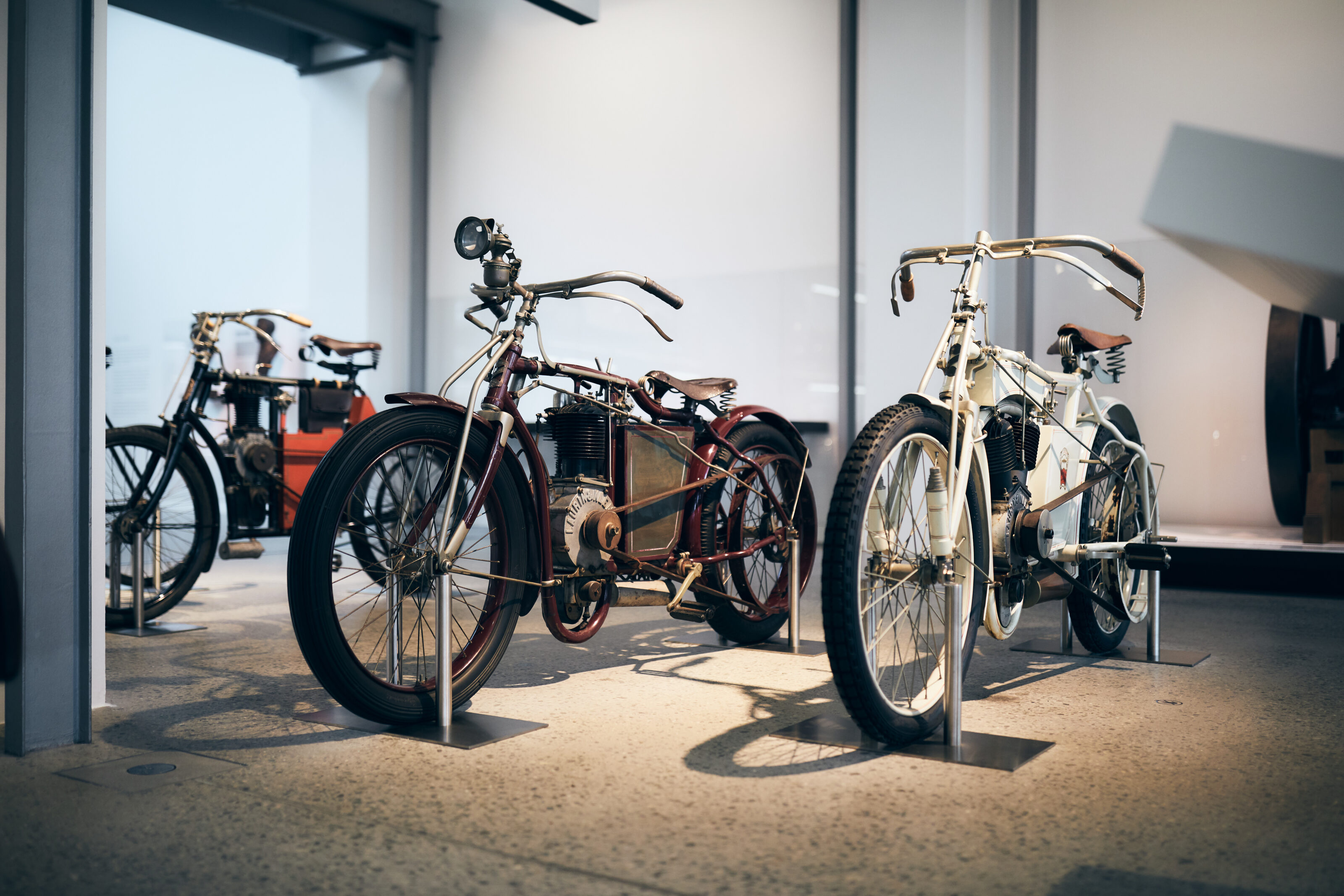
Almost as staggering is how long many of the Skoda model names have been running. Stacked in giant shelves from the entrance is the entire bloodline of the Superb spanning eight generations starting not in 2001 as many websites will have you believe, but 1934 with the Type 640. It’s a similar story for the Rapid which was born in 1935, and the Octavia and Felicia which kicked off in 1959.
There’s no shortage of cool monikers the company can call on for future retro and revival projects. My money would be on Trekka for a model that shares the VW Amarok’s oily parts. And if there’s any weight to that theory, the Trekka would make a return to the southern hemisphere with the Land Rover Series II-like model previously designed and built in New Zealand from 1966.
Many of the cars here didn’t look quite as fresh when they came into Skoda custody, so the site also houses a restoration centre with a seven-strong team of craftspeople. The collection is still acquiring Skodas of all ages through donations, barn-finds and active searches for significant cars. Restoration actually starts with a complex identification process.
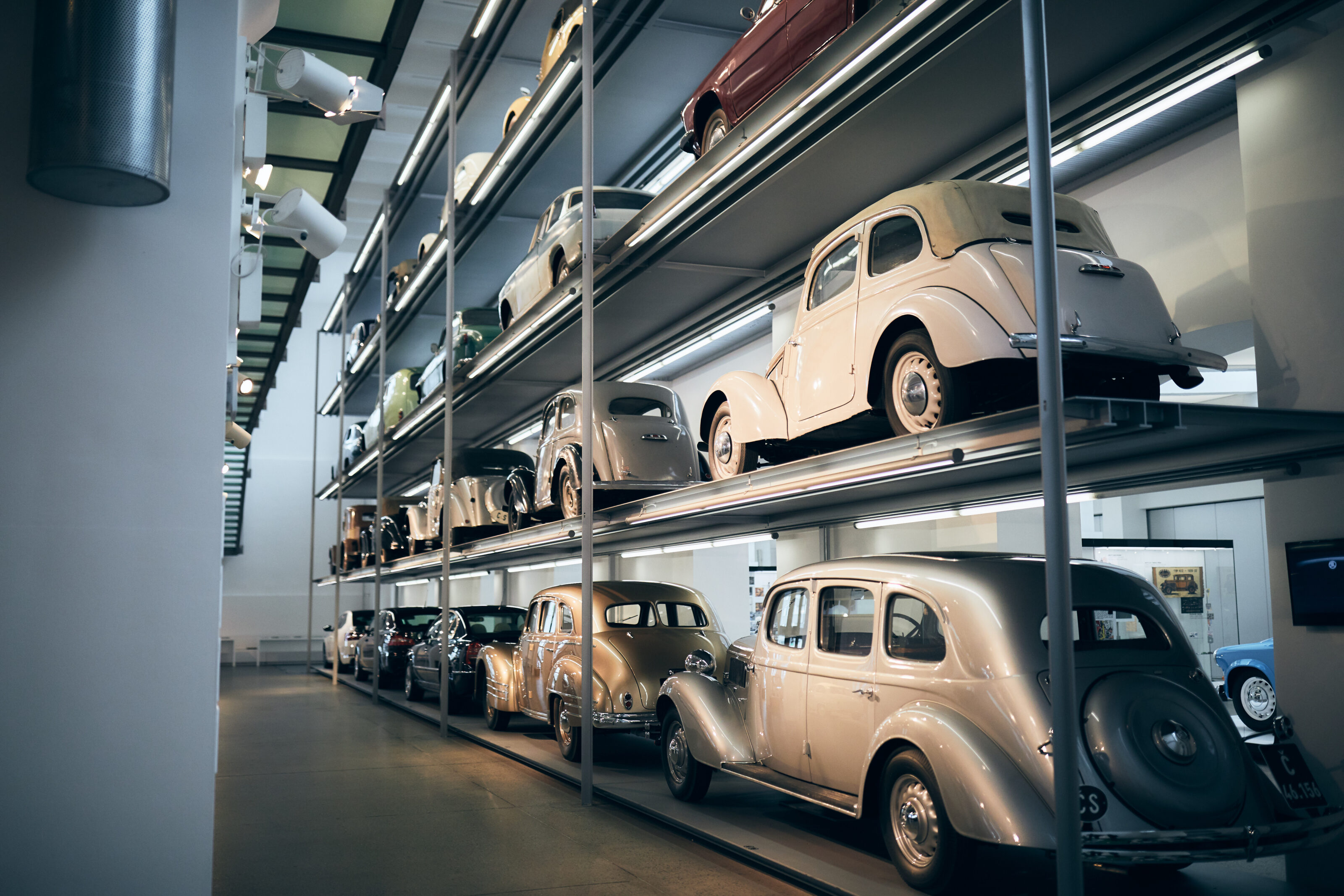
Such is the diversity of the brand’s model range over the years, recognising the exact model and variant on first inspection is rarely possible. Once it’s identified, the car is stripped to nuts and bolts before the remanufacturing can begin. For the older race cars, the team works by the mantra, ‘An hour on the road, 10 hours in the workshop’. At the time of our visit, the museum was preparing to unveil its latest project – an 1100 OHC coupe – of which only two were built.
Skoda is one of the oldest car manufacturers on the planet with a long and rich history
Of course, there are glass cabinets stuffed with significant Skoda memorabilia and artefacts in addition to the many vehicles on show. An evolution of the bonnet badge, trophies and tortured pieces of sheet metal are not difficult to explain but I need a little help when it comes to a sleeping bag packed in among the treasures.
It’s easy to forget how people used to buy cars without the ease of online ordering and to-your-door services offered by many brands today, but if you wanted to buy a Skoda in 1960s Czechoslovakia, camping at a dealership for up to four days was necessary to order and after that, customers went on a waiting list of 10 to 15 years. Think about that next time you roll your eyes at a lead time of a few months.
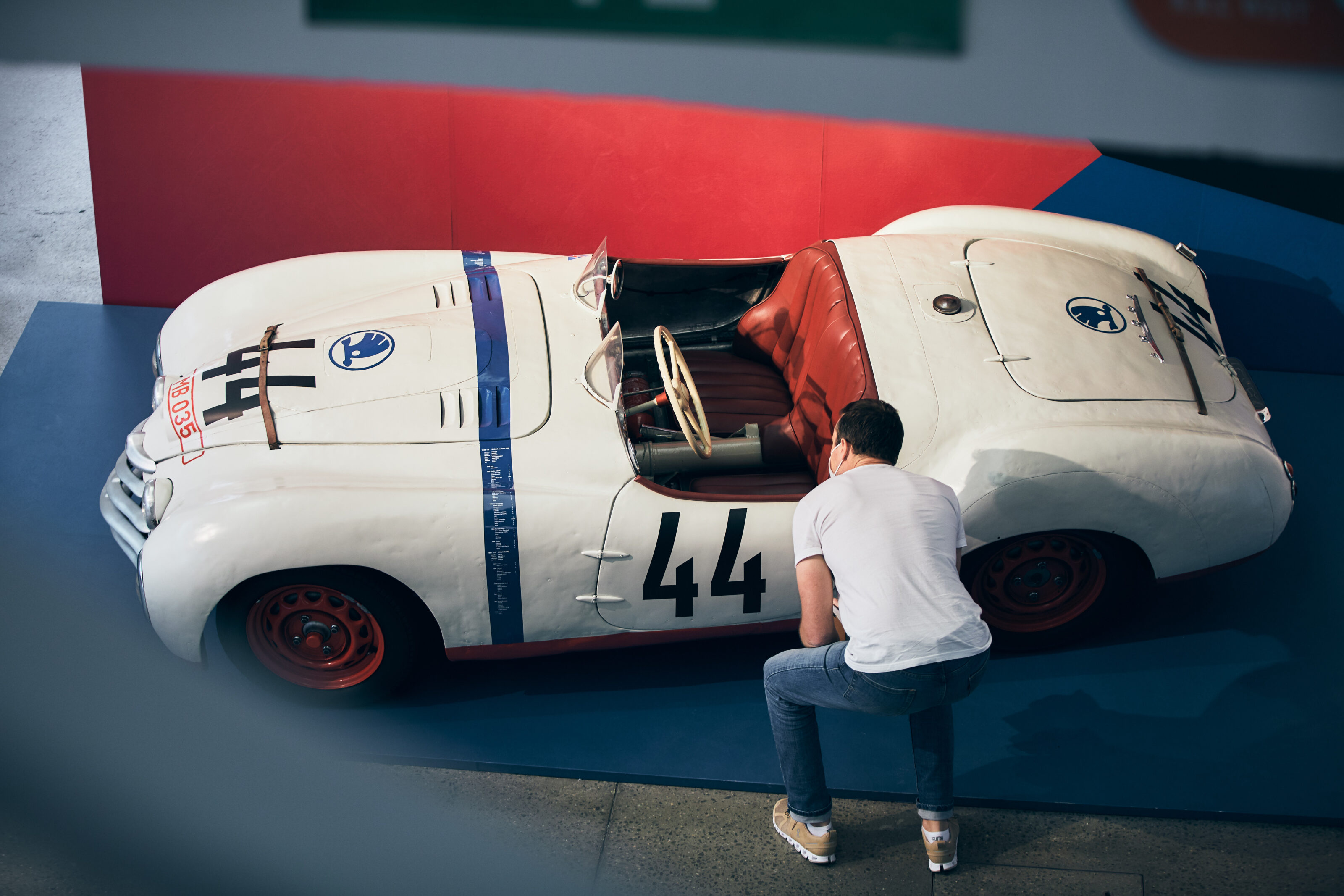
Each corner turned reveals another eye-opening machine. A 12-cylinder 450hp aero engine; one of only 10 Skoda Superbs from the first generation fitted with a V8 engine (six cylinders were standard), while the Vision iV and Vision RS concepts are the museum representatives of present and future. The former has only just been revealed as the precursor to the Enyaq Coupe EV, while the latter will become the production Scala RS. It feel strange but warm being simultaneously immersed in such a long line of Skodas from the earliest to ones that even pierce the bubble of the unknown.
All of the exhibits thus far have been available for public viewing since the museum was redeveloped and expanded in 2012 but next, our guide leads us to one of Skoda’s three depositories containing a selection of special cars that you definitely can’t just turn up and see.
This particular unassuming building houses a fleet of past concepts and racing machines providing a kaleidoscope of pumped panels, lurid colours and radical designs that appear familiar but jarringly unconventional and new all at the same time. One deep crimson design study wears the nose of the early 2000s Superb but its body has been smoothed into the form of an elegant three-door, while the Tudor has the presence and scale of a Rolls-Royce Wraith.
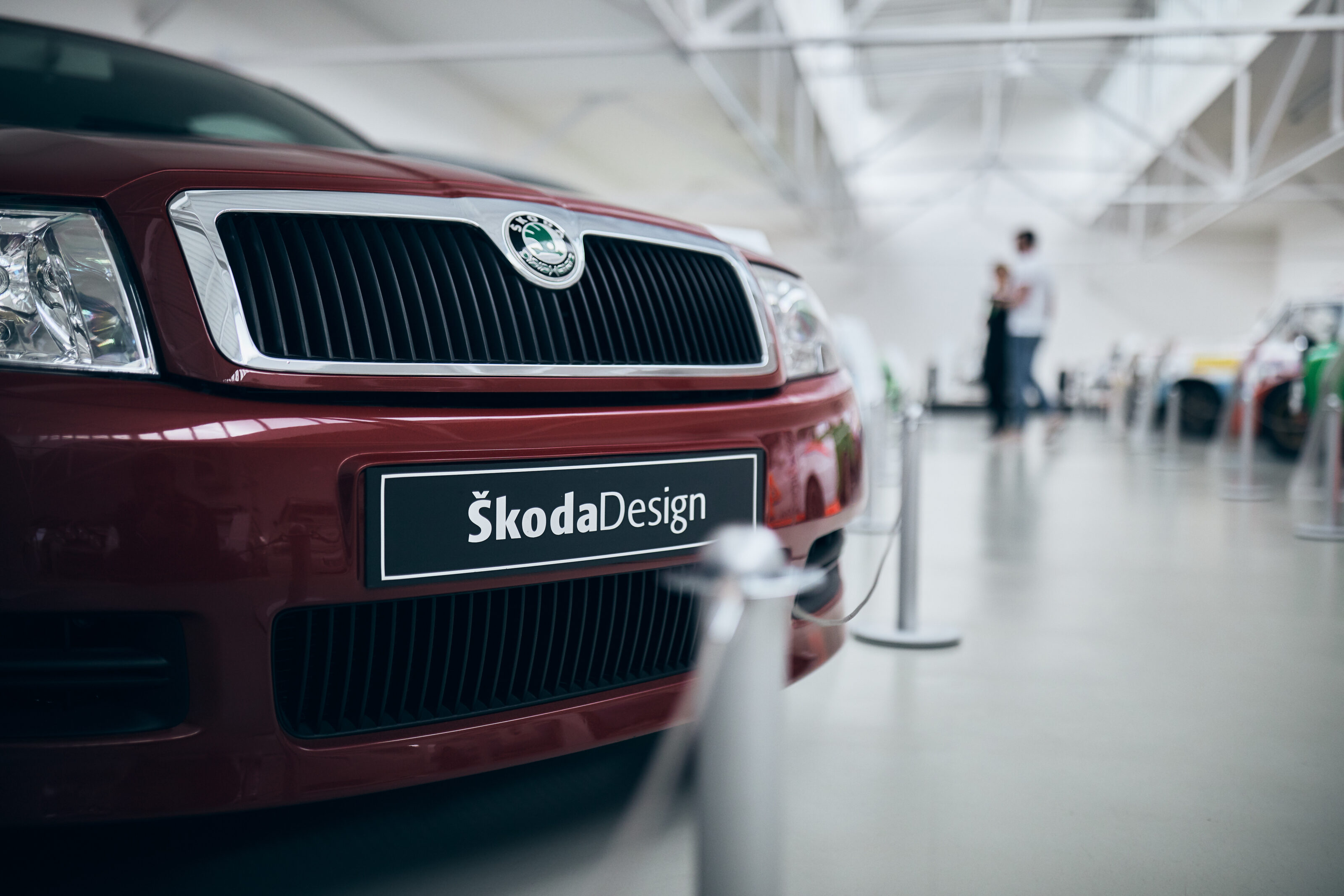
Next to it is the concept that forged the Yeti, highlighting the few details that changed between it and the production model. Its neighbour is the stillborn Ahoj! – a car that would have taken the fight to the Fiat Panda if only it had made the grade.
A trio of 1960s open-wheeled single-seat race cars adorn the stage at the end of the long room, including the Lucia F3 and F3 Type 992. These add another string to this brand’s bow I was previously oblivious to, along with a whole row of circuit and rally machines that flank the other side of the building. A fluoro red and white 130 RS A5 engine-proving prototype draws my eye with its incredible stance and aggression that couldn’t be more removed from the dumpy road car it’s based on.
This ‘Silhouette Car’ packed a 140kW 1.6-litre twin-cam 16-valve engine and could crack 250km/h – not bad for the late 1970s. In fact, a less heavily modified version of the 130 RS situated in the main museum is the vehicle responsible for one of Skoda’s greatest motorsport victories. In 1977 the car won the Monte Carlo rally, earning it the nickname “Porsche of the East”.
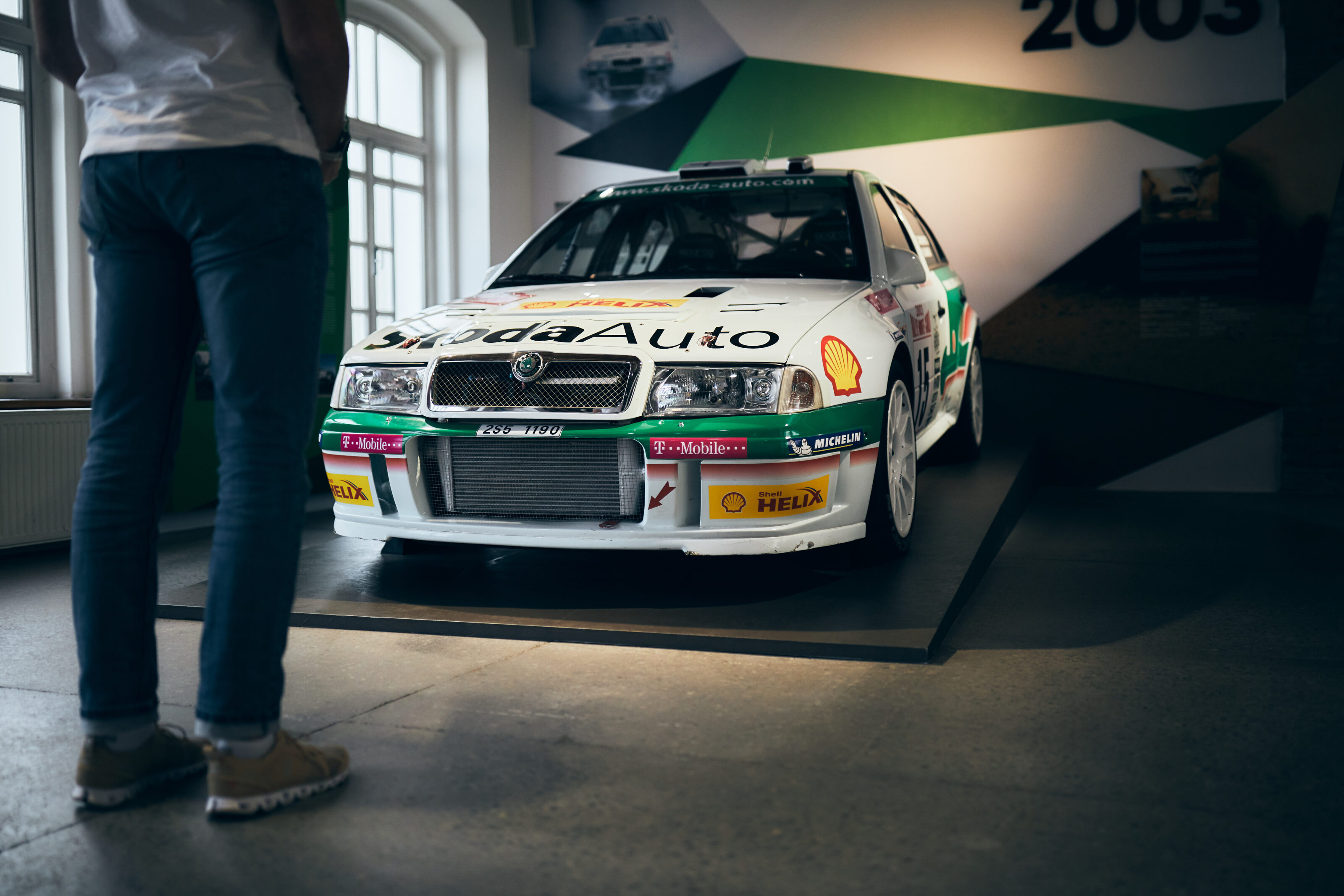
Buying a Skoda in 1960s Czechoslovakia meant camping at a dealership for up to four days
We stroll on back through the main building and with the reliability of a lie-detector, it’s possible to grade my emotional response to each car with the speed of my paces. Alongside the ridiculously pretty 1100 OHC Spider and Skoda Sport I slow to a crawl but, during the whole visit, my footsteps are never slower than when we come to the Skoda 105 and 130.
These models represent arguably the most awkwardly styled and certainly among the least-reliable in Skoda history, but they’re also the ones I remember as a child copping mire and flak for being as terrible as they were. Even our guide knows the joke about why they had rear-window heaters (to keep your hands warm while pushing them, if you were wondering).
But shortly after this generation came the switch from rear-engine to front-engine and front-drive in the form of the Favorit – another that received widespread criticism and, I’m sorry, but reminding the world it was designed by Bertone makes it no prettier. It’s hideous – even the near-perfect 52,000km example here. But what makes these cars so captivating for me is what happened next.
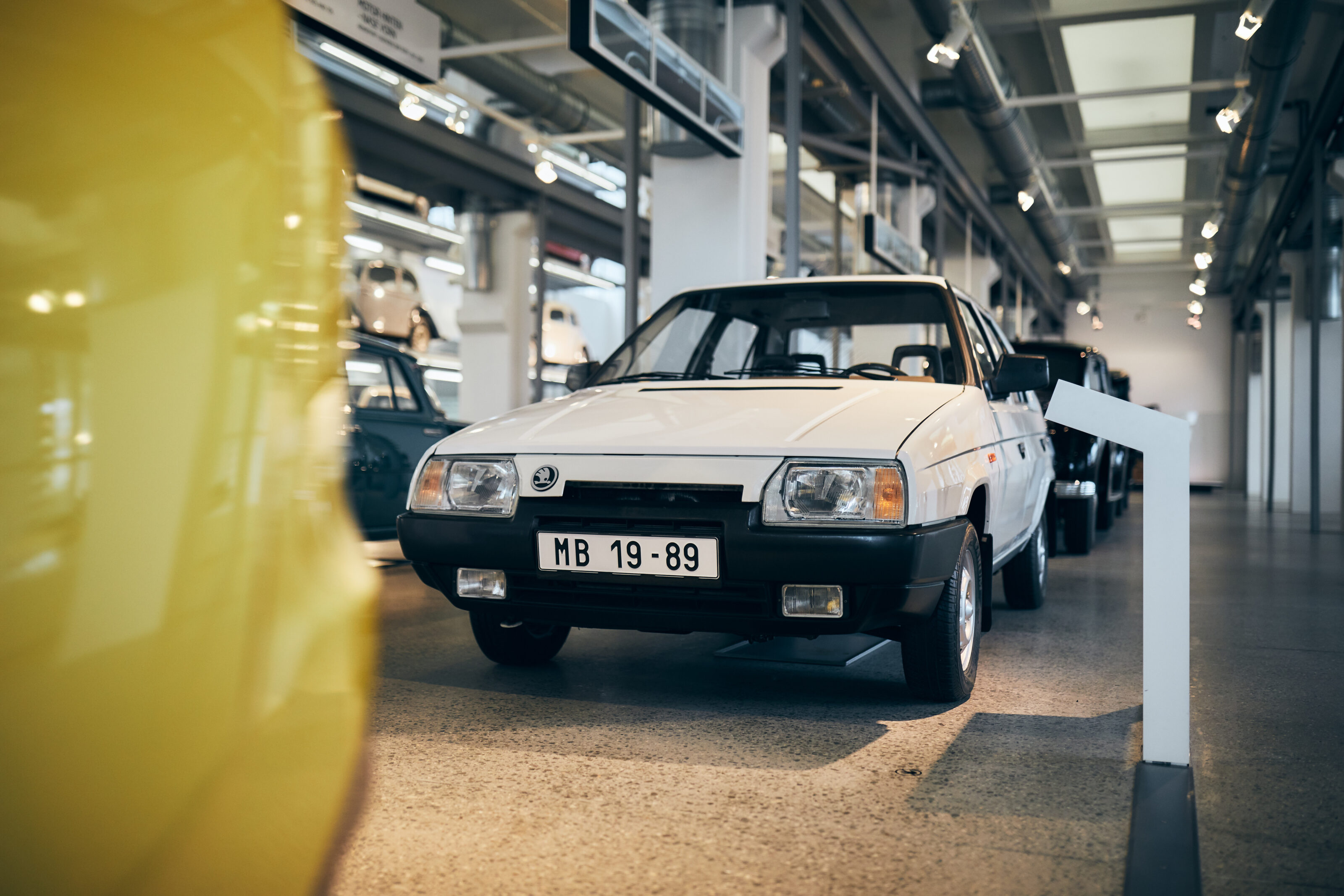
In 1995, the company wheeled out its successor to the Favorit; an all-new small hatchback named the Felicia. But like archeologists trying to connect primates to modern humans, there appeared to be a significant missing link in the visual and mechanical timeline.
In person, it’s benign but sweet and universally likeable, dependable to use and irrefutable evidence that, from 1991, Volkswagen had skin in Skoda. From this point on, the company went from teetering on the precipice of disaster to a veritable renaissance and the rest is history on show.
But perhaps the most intriguing exhibit in Skoda’s precious swag of treasures is the one that isn’t here yet. Such is the comprehensiveness of this trove of cars evolving from the earliest to the most ambitious, documented by an almost unbroken bloodline, it’s possible to plot more points on the graph and follow the trajectory through recent concepts onto what the Skoda of the future will look like. It’s radical.

Along with more practical ‘simply clever’ innovations, the crystalline sculpting and unmistakable design language will become something even more visceral – and keep your eyes on a certain tax haven in the Mediterranean, too.
Personally, Skoda won my respect as soon as it started demonstrating it could offer something different despite being somewhat constrained by its shared VW family DNA, but a visit to its hallowed halls reveals a wonderfully rich tapestry of achievements spanning more than a century and a unique identity that suddenly makes more sense.
Skoda has no plans to deviate from its innovative, unapologetic path, and the next chapters in its evolution promise to be even more polarising and bold than any before. The best evidence of that comes not from squinting at the horizon, but staring wide-eyed at its past.
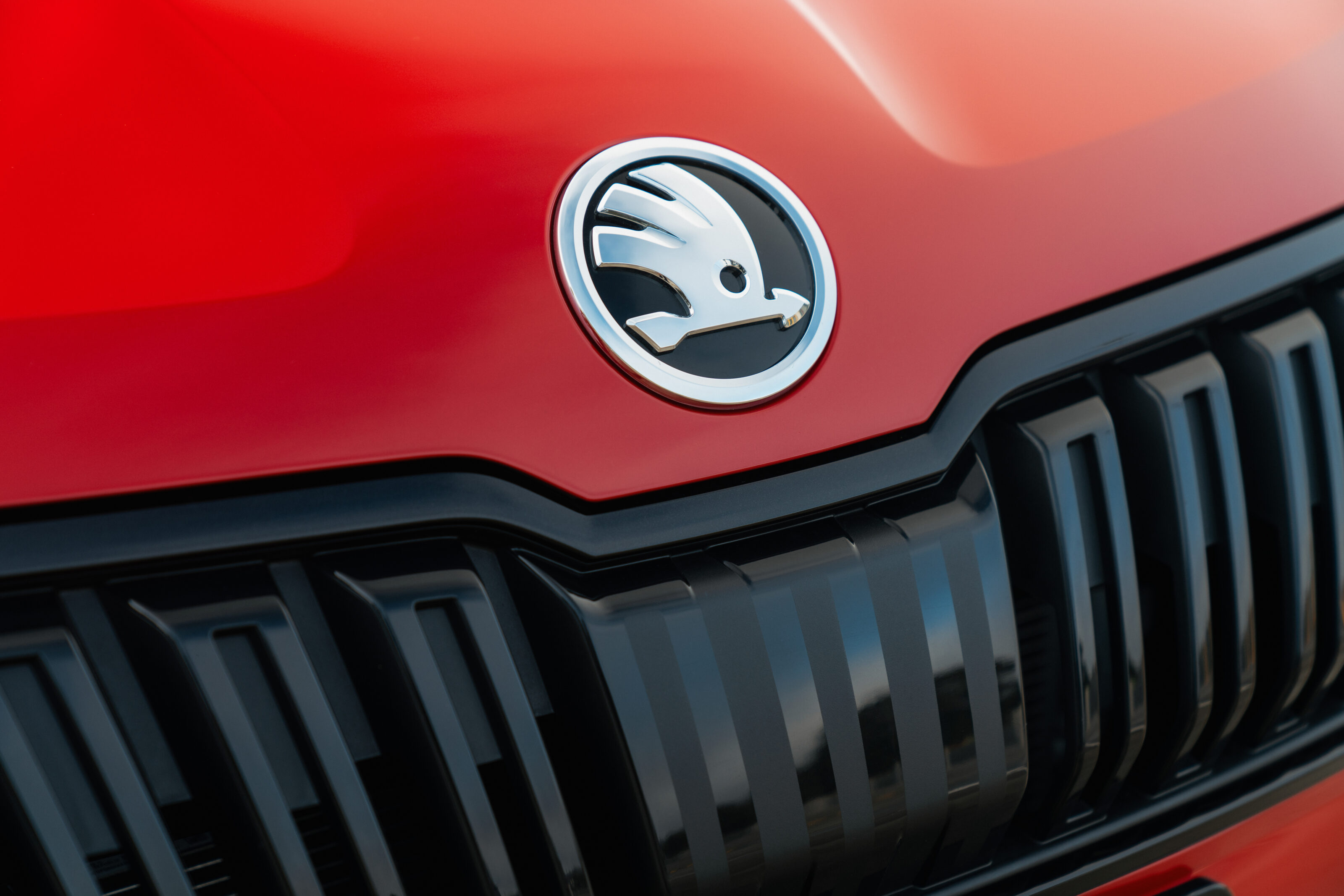
Closer look: Skoda’s badge explained
The winged arrow Skoda badge as it’s known today started appearing on models in 1927, and was inspired by a native American Indian headdress. The arrow element represents the company’s mission to pioneer manufacturing using advanced metals, the wings are a symbol of global export and the eye is said to represent a focus on precision engineering and accuracy.
The Skoda name came earlier in 1925 when the founder company Klement and Laurin merged with a machinery manufacturer adopting its name. The word skoda has unfortunate connotations in the native Czech tongue meaning ‘a pity’ or ‘damage’ but the merger was anything but, enabling the company to radically scale up production.
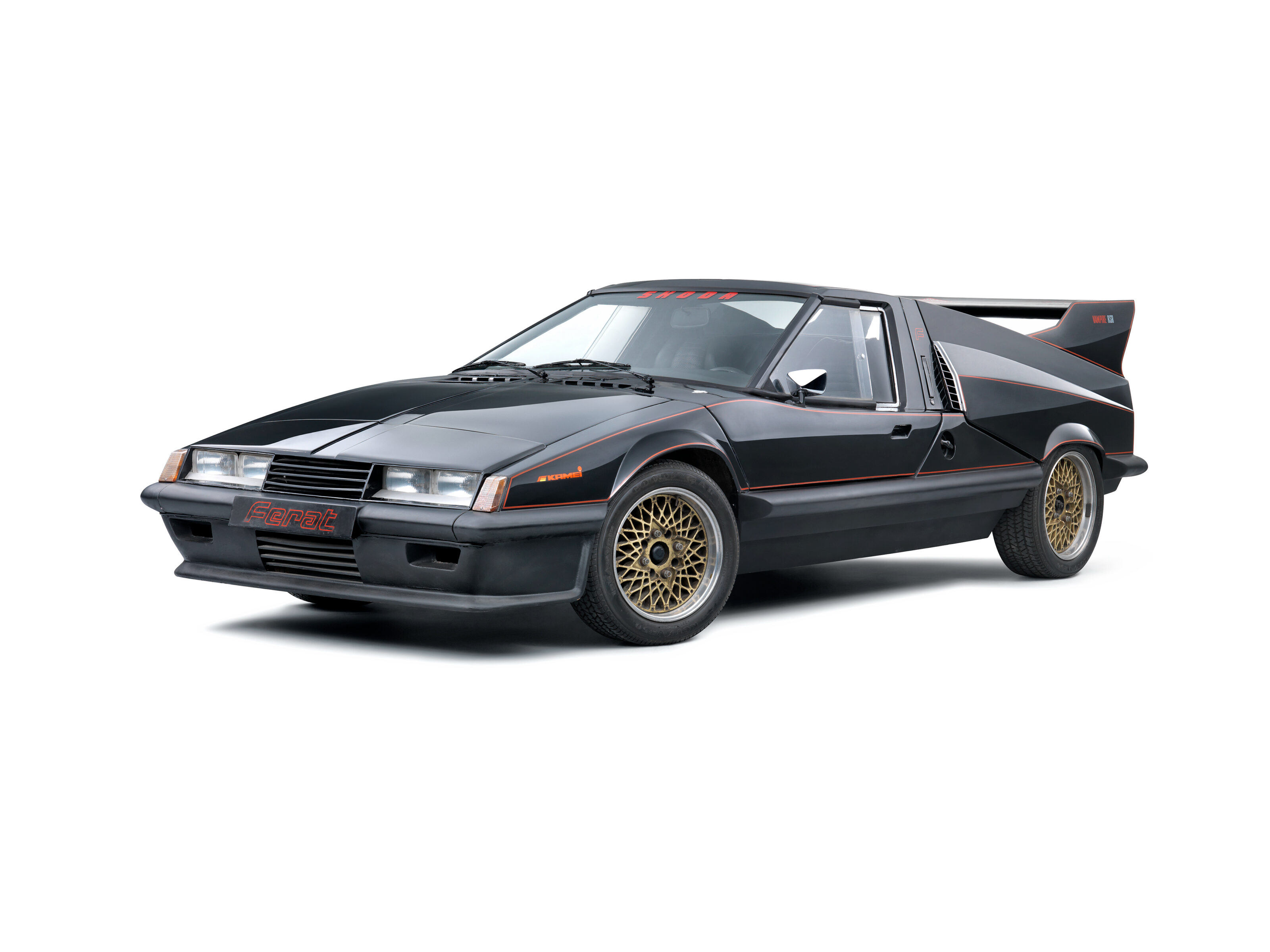
Up in lights: Screen queen
In 1971, Skoda produced two examples of a 110 Super Sport concept – a radical wedge-shaped sports coupe, but one would go on to have a far more interesting life. In 1981, designer Theodor Pistek significantly modified one of the vehicles, deleting the pop-up headlights, and applying a Batman-style paint job and massive rear spoiler.
It was created for the starring role in a sci-fi horror feature film entitled The Ferat Vampire in which the car ran not on petrol but the blood of the driver sucked through its accelerator pedal. Lord only knows what its emissions were but this could be the first true eco-car to wear the Skoda badge. Now that’s what we call a re-vamp.
We recommend
-
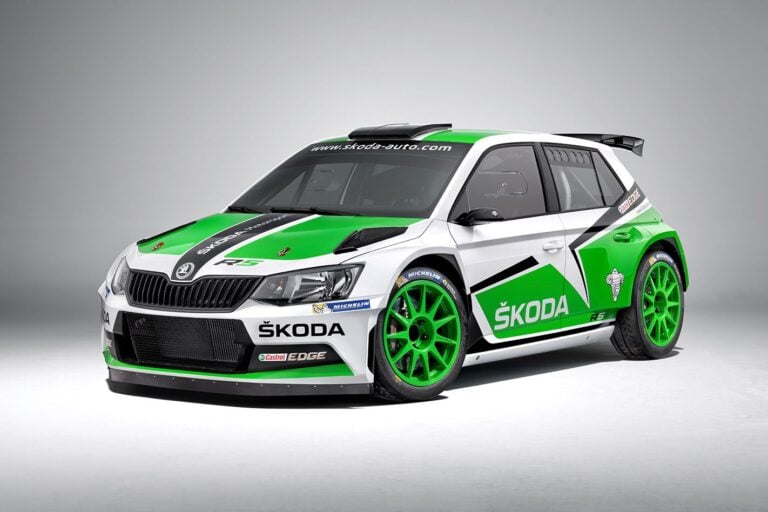 News
NewsSkoda Fabia R5
Czech rally racer to take on the world's best
-
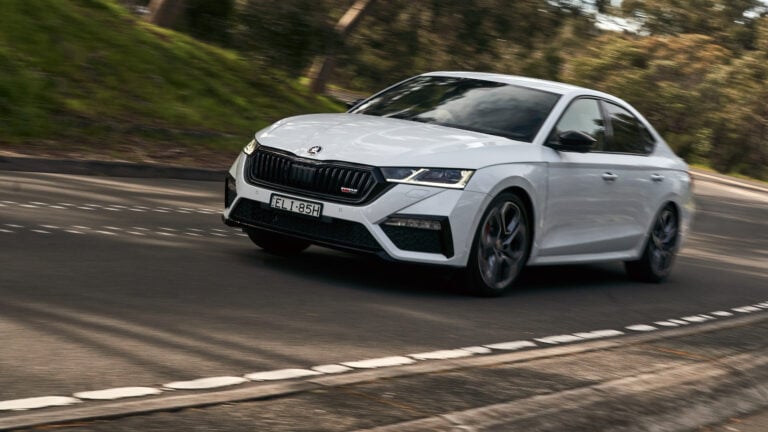 Reviews
Reviews2022 Skoda Octavia RS review
The masters of pragmatic performance continue a winning formula with the Skoda Octavia RS liftback
-
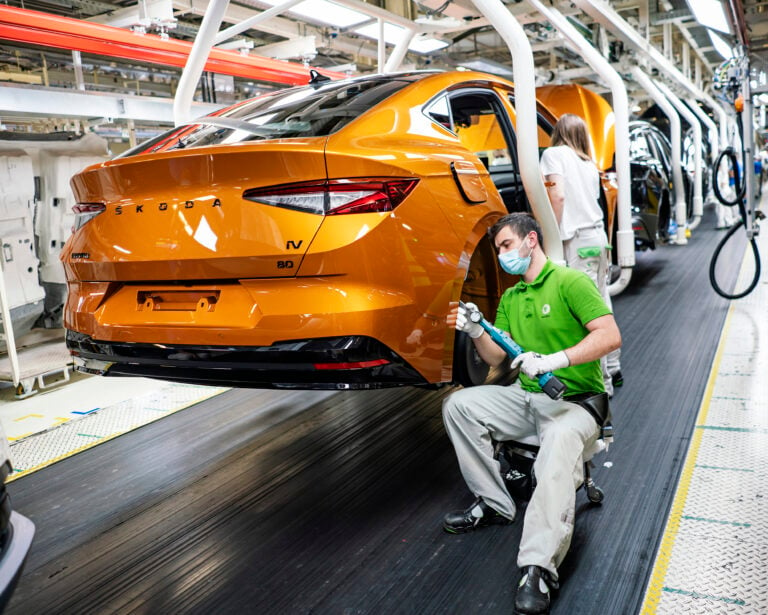 News
News2022 Skoda Enyaq Coupe iV: Everything we know
Skoda has revealed its electric coupe SUV, with up to 545km of driving range


